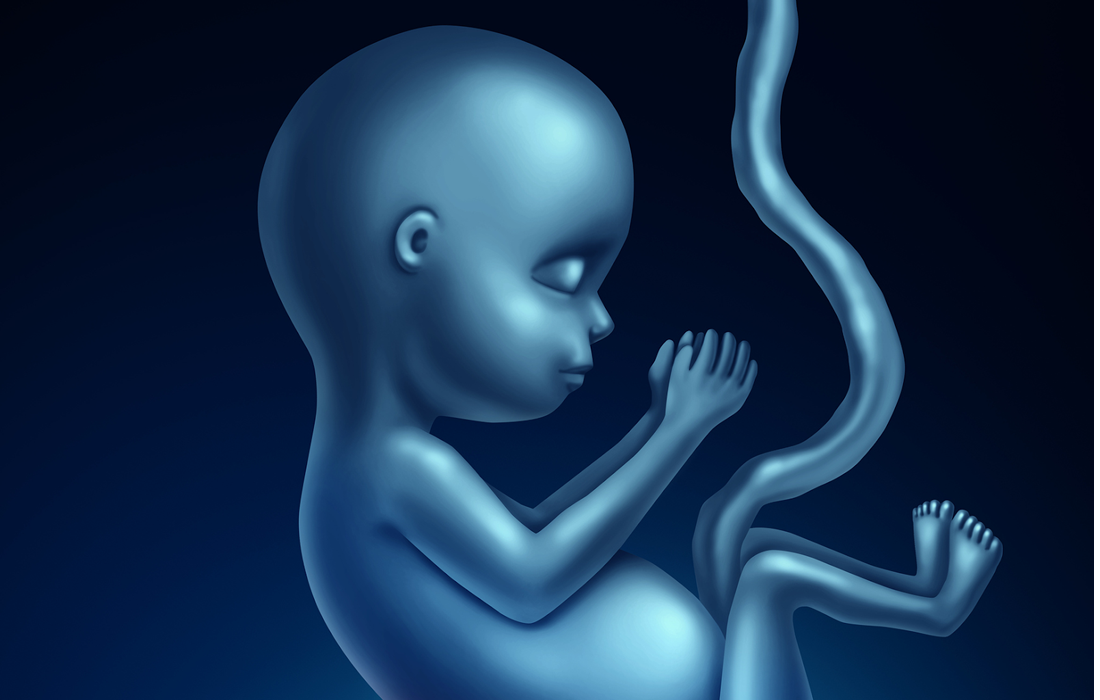Stem Cell Therapy for Specific Conditions
First Stem Cell Treatment for Spina Bifida
Spina bifida, also known as myelomeningocele, occurs when spinal tissue fails to fuse properly during the early stages of pregnancy. The birth defect can lead to a range of lifelong cognitive, mobility, urinary and bowel disabilities. It affects 1,500 to 2,000 children in the U.S. every year. It is often diagnosed through ultrasound.
While surgery performed after birth can help reduce some of the effects, surgery before birth can prevent or lessen the severity of the fetus’s spinal damage, which worsens over the course of pregnancy.
The path to a future cure
Diana Farmer, the world’s first woman fetal surgeon, professor and chair of surgery at UC Davis Health and principal investigator on the study.
As a leader of the Management of Myelomeningocele Study (MOMS) clinical trial in the early 2000s, Farmer had previously helped to prove that fetal surgery reduced neurological deficits from spina bifida. Many children in that study showed improvement but still required wheelchairs or leg braces.
Farmer recruited bioengineer Aijun Wang specifically to help take that work to the next level. Together, they launched the UC Davis Health Surgical Bioengineering Laboratory to find ways to use stem cells and bioengineering to advance surgical effectiveness and improve outcomes. Farmer also launched the UC Davis Fetal Care and Treatment Center with fetal surgeon Shinjiro Hirose and the UC Davis Children’s Surgery Center several years ago.
Farmer, Wang and their research team have been working on their novel approach using stem cells in fetal surgery for more than 10 years. Over that time, animal modeling has shown it is capable of preventing the paralysis associated with spina bifida.
It’s believed that the stem cells work to repair and restore damaged spinal tissue, beyond what surgery can accomplish alone.
Preliminary work by Farmer and Wang proved that prenatal surgery combined with human placenta-derived mesenchymal stromal cells, held in place with a biomaterial scaffold to form a “patch,” helped lambs with spina bifida walk without noticeable disability.
“When the baby sheep who received stem cells were born, they were able to stand at birth and they were able to run around almost normally. It was amazing,” Wang said.
When the team refined their surgery and stem cells technique for canines, the treatment also improved the mobility of dogs with naturally occurring spina bifida.
A pair of English bulldogs named Darla and Spanky were the world’s first dogs to be successfully treated with surgery and stem cells. Spina bifida, a common birth defect in this breed, frequently leaves them with little function in their hindquarters.
By their post-surgery re-check at 4 months old, Darla and Spanky were able to walk, run and play.
A first in medical history
During Emily’s historic procedure, a 40-person operating and cell preparation team did the careful dance that they had been long preparing for.
After Emily was placed under general anesthetic, a small opening was made in her uterus and they floated the fetus up to that incision point so they could expose its spine and the spina bifida defect. The surgeons used a microscope to carefully begin the repair.
Then the moment of truth: The stem cell patch was placed directly over the exposed spinal cord of the fetus. The fetal surgeons then closed the incision to allow the tissue to regenerate.
“The placement of the stem cell patch went off without a hitch. Mother and fetus did great!” Farmer said.
The team declared the first-of-its-kind surgery a success.
Delivery day
On Sept. 20, 2021, at 35 weeks and five days gestation, Robbie was born at 5 pounds, 10 ounces, 19 inches long via C-section.
“One of my first fears was that I wouldn’t be able to see her, but they brought her over to me. I gotta see her toes wiggle for the first time. It was so reassuring and a little bit out of this world,” Emily said.
For Farmer, this day is what she had long hoped for, and it came with surprises. If Robbie had remained untreated, she was expected to be born with leg paralysis.
“It was very clear the minute she was born that she was kicking her legs and I remember very clearly saying, ‘Oh my God, I think she’s wiggling her toes!'” said Farmer, who noted that the observation was not an official confirmation, but it was promising. “It was amazing. We kept saying, ‘Am I seeing that? Is that real?'”
Both mom and baby are at home and in good health. Robbie just celebrated her first birthday.
The CuRe team is cautious about drawing conclusions and says a lot is still to be learned during this safety phase of the trial. The team will continue to monitor Robbie and the other babies in the trial until they are 6 years old, with a key checkup happening at 30 months to see if they are walking and potty training.
“This experience has been larger than life and has exceeded every expectation. I hope this trial will enhance the quality of life for so many patients to come,” Emily said. “We are honored to be part of history in the making.”
SOURCE:
University of California – Davis Health. (2022, October 6). World’s first stem cell treatment for spina bifida delivered during fetal surgery: Groundbreaking trial aims to reverse the paralysis and other abnormal functions of spina bifida before birth. ScienceDaily. Retrieved October 14, 2022 from www.sciencedaily.com/releases/2022/10/221006164820.htm
IMAGE: https://www.bbhhospital.com/wp-content/uploads/2019/10/iStock-527218834.jpg

